One of the happier pieces of news to grace media headlines in Japan recently has been the announcement that the Tomioka Silk Mill, located in Gunma Prefecture, is expected to make the list of UNESCO’s World Heritage sites in June this year. With everyone excited about this historic building becoming the eighteenth recognized World Heritage site in Japan, the mill is sure to attract an enormous tourist crowd during the current Golden Week holidays which go on until next Tuesday, as well as the upcoming summer season.
But even before all this buzz, Tomioka Silk Mill had its very own brand of souvenir chocolates, and they have now been attracting quite a bit of attention in Japan — not just because of the silk mill’s soon-to-be expected World Heritage status, but because of the utterly unique (and some may even say grotesque) appearance of the chocolates. Yes, as you can see from the picture, they’re silkworm chocolates!
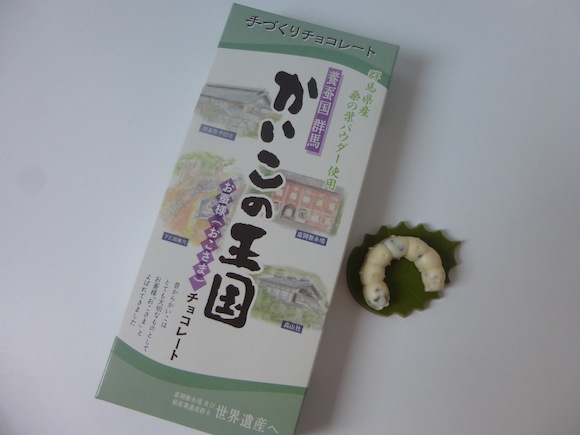
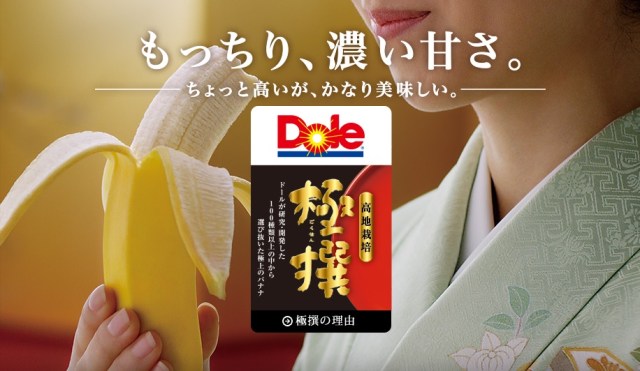

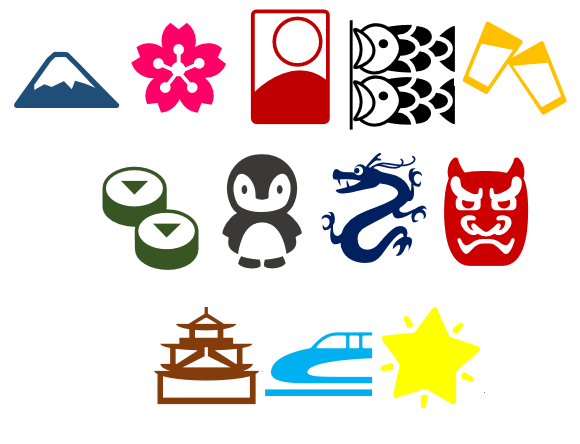
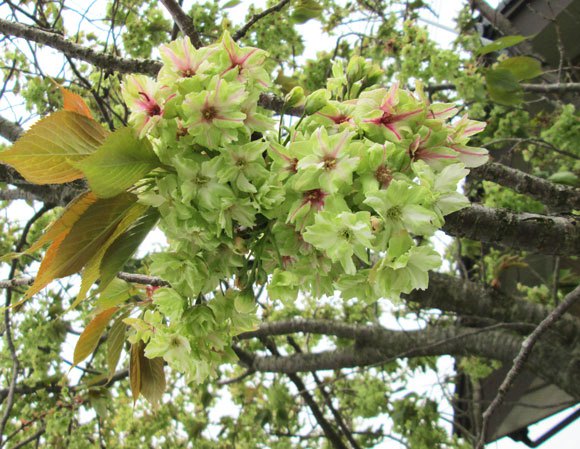
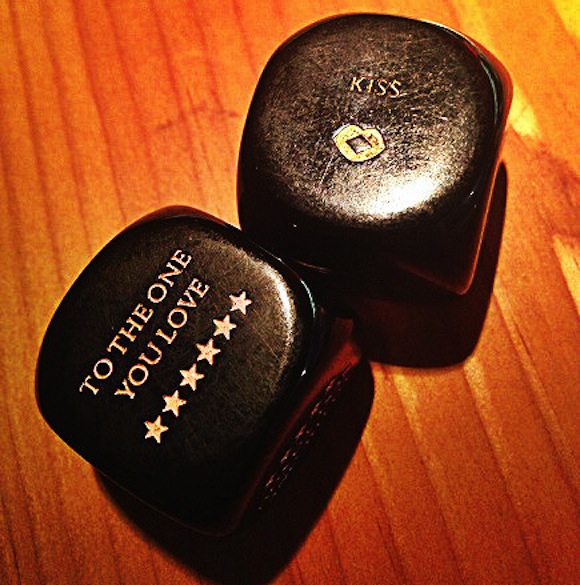
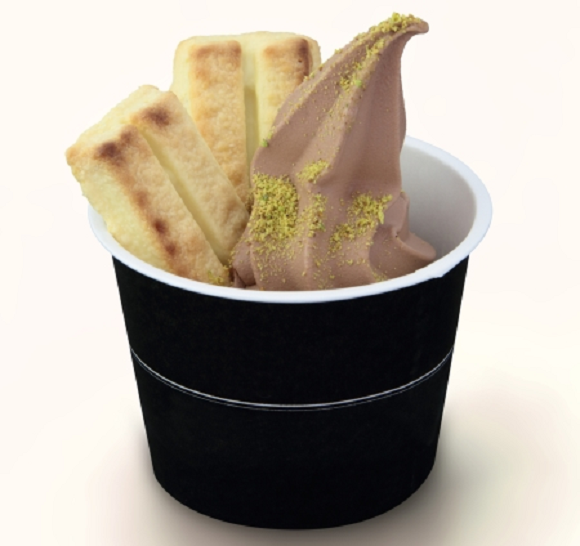
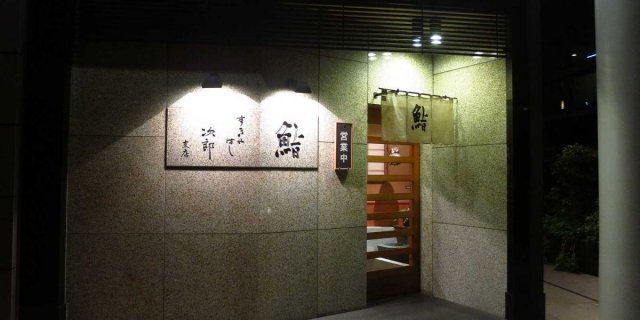

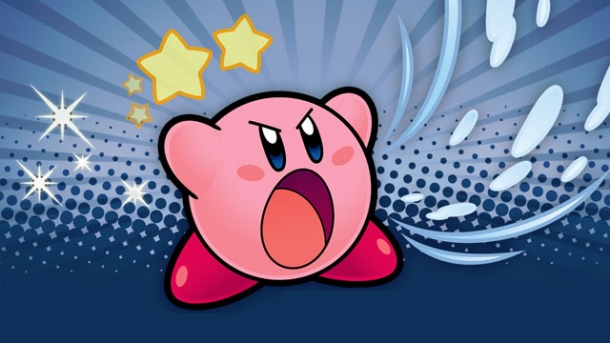

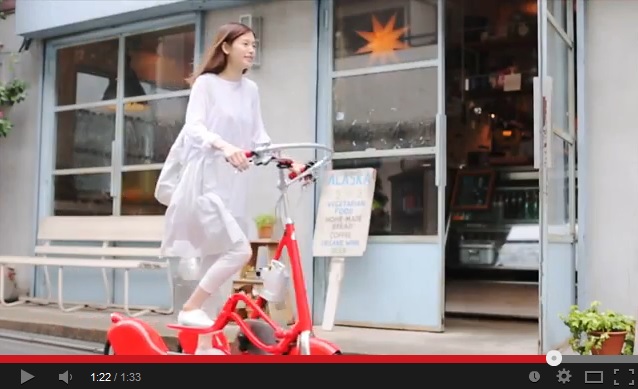
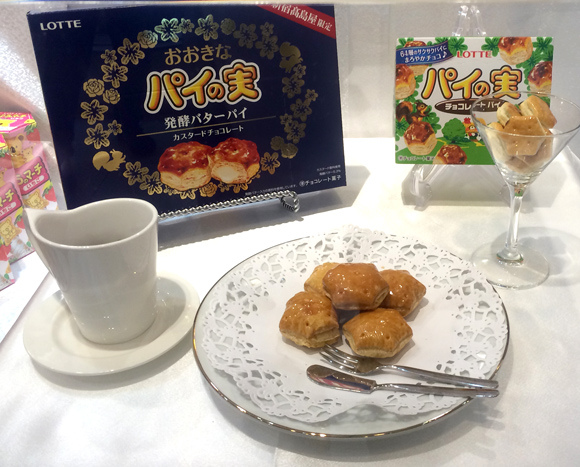


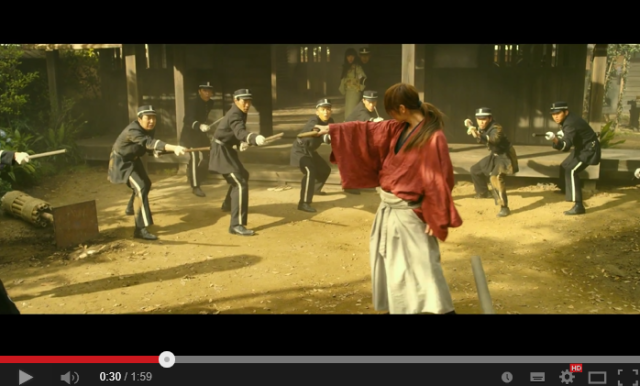
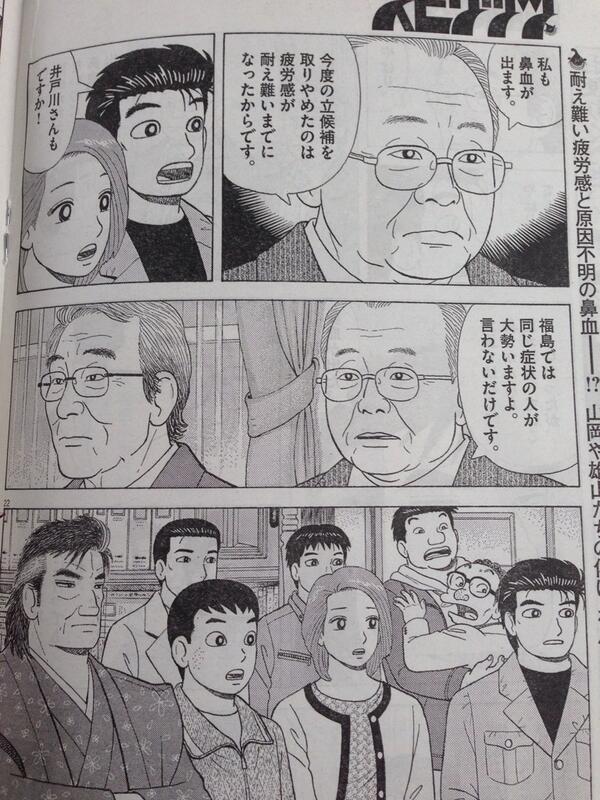
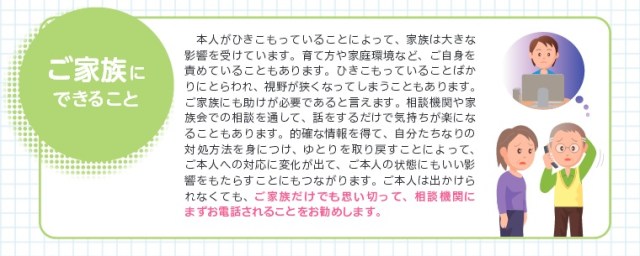
 One of Japan’s most beautiful hot spring towns announces new limits on number of day trippers
One of Japan’s most beautiful hot spring towns announces new limits on number of day trippers Best all-you-can-eat okonomiyaki in Japan? Restaurant chain serves up a feast for under $14
Best all-you-can-eat okonomiyaki in Japan? Restaurant chain serves up a feast for under $14 Mario Kart Happy Meal toys arrive at McDonald’s Japan, and SoraNews24 has the whole set!【Photos】
Mario Kart Happy Meal toys arrive at McDonald’s Japan, and SoraNews24 has the whole set!【Photos】 Flying dango: Unique tourist site where Japanese sweets are flown to you over a gorge
Flying dango: Unique tourist site where Japanese sweets are flown to you over a gorge Domino’s Japan has all-you-can-eat pizza isn’t an Internet rumor, but it is hard to find
Domino’s Japan has all-you-can-eat pizza isn’t an Internet rumor, but it is hard to find Cheeseburger rice bowls arrive at Japanese beef bowl chain Matsuya, and in our stomach【Taste test】
Cheeseburger rice bowls arrive at Japanese beef bowl chain Matsuya, and in our stomach【Taste test】 Snuggle up to a Japanese Shiba Inu that looks real but is actually a cute hot water bottle cover
Snuggle up to a Japanese Shiba Inu that looks real but is actually a cute hot water bottle cover The Japan Poop Society is making movements to protect people’s health
The Japan Poop Society is making movements to protect people’s health Japan’s new frozen sushi DIY kit – Great foodie fun, or cold-hearted abomination?【Taste test】
Japan’s new frozen sushi DIY kit – Great foodie fun, or cold-hearted abomination?【Taste test】 Do bears strike first with their left paw when attacking people? Japan wants to know
Do bears strike first with their left paw when attacking people? Japan wants to know Ghibli’s Princess Mononoke teams up with Foxfire for outdoor apparel collaboration【Photos】
Ghibli’s Princess Mononoke teams up with Foxfire for outdoor apparel collaboration【Photos】 Japanese job-quitting service contacted by other job-quitting service because employee wants to quit
Japanese job-quitting service contacted by other job-quitting service because employee wants to quit After cancelling Halloween, Tokyo’s Shibuya neighborhood cancels New Year’s Eve too
After cancelling Halloween, Tokyo’s Shibuya neighborhood cancels New Year’s Eve too Sanrio and magical girl anime PreCure join forces for new merch line【Photos】
Sanrio and magical girl anime PreCure join forces for new merch line【Photos】 Tokyo park’s sea of clouds, nighttime illumination, and cosplay days make now perfect time to visit
Tokyo park’s sea of clouds, nighttime illumination, and cosplay days make now perfect time to visit Beautiful Japanese garden green tea crepes waiting in Tokyo’s historical Asakusa neighborhood
Beautiful Japanese garden green tea crepes waiting in Tokyo’s historical Asakusa neighborhood Samurai ritual suicide contest cancelled by organizer in west Japan
Samurai ritual suicide contest cancelled by organizer in west Japan American jackass tourist arrested after carving name into gate at Tokyo’s Meiji Shrine【Video】
American jackass tourist arrested after carving name into gate at Tokyo’s Meiji Shrine【Video】 Nintendo’s controller capsule toys are so cool, even the machine you buy them from is awesome【Pics】
Nintendo’s controller capsule toys are so cool, even the machine you buy them from is awesome【Pics】 Tokyo Disneyland loses top-attendance crown for Japanese theme parks for second year in a row
Tokyo Disneyland loses top-attendance crown for Japanese theme parks for second year in a row Ghibli Park debuts first winter illumination display with Howl’s Moving Castle theme
Ghibli Park debuts first winter illumination display with Howl’s Moving Castle theme Pringles releases a limited-edition sweet flavour in Japan
Pringles releases a limited-edition sweet flavour in Japan What’s the deal with akebi, the perfectly purple, alien-like fruit that’s in season now in Japan?
What’s the deal with akebi, the perfectly purple, alien-like fruit that’s in season now in Japan? McDonald’s new Happy Meals offer up cute and practical Sanrio lifestyle goods
McDonald’s new Happy Meals offer up cute and practical Sanrio lifestyle goods Foreign tourists on Shinkansen bullet train break suitcase etiquette, angering local passengers
Foreign tourists on Shinkansen bullet train break suitcase etiquette, angering local passengers [Deleted] Article written for April Fool’s Day 2018
[Deleted] Article written for April Fool’s Day 2018 Japanese government to make first change to romanization spelling rules since the 1950s
Japanese government to make first change to romanization spelling rules since the 1950s Foreigner’s request for help in Tokyo makes us sad for the state of society
Foreigner’s request for help in Tokyo makes us sad for the state of society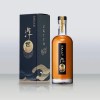 Ghibli founders Toshio Suzuki and Hayao Miyazaki contribute to Japanese whisky Totoro label design
Ghibli founders Toshio Suzuki and Hayao Miyazaki contribute to Japanese whisky Totoro label design Japanese convenience store Family Mart announces abolishment of eat-in spaces
Japanese convenience store Family Mart announces abolishment of eat-in spaces Princesses, fruits, and blacksmiths: Study reveals the 30 most unusual family names in Japan
Princesses, fruits, and blacksmiths: Study reveals the 30 most unusual family names in Japan Life-size vibrating Legend of Zelda Master Sword for sale from Nintendo【Photos】
Life-size vibrating Legend of Zelda Master Sword for sale from Nintendo【Photos】 Studio Ghibli releases free-download board game — Here’s how to play it without reading Japanese
Studio Ghibli releases free-download board game — Here’s how to play it without reading Japanese Cheeseburger rice bowls arrive at Japanese beef bowl chain Matsuya, and in our stomach【Taste test】
Cheeseburger rice bowls arrive at Japanese beef bowl chain Matsuya, and in our stomach【Taste test】 Snuggle up to a Japanese Shiba Inu that looks real but is actually a cute hot water bottle cover
Snuggle up to a Japanese Shiba Inu that looks real but is actually a cute hot water bottle cover The Japan Poop Society is making movements to protect people’s health
The Japan Poop Society is making movements to protect people’s health Japan’s new frozen sushi DIY kit – Great foodie fun, or cold-hearted abomination?【Taste test】
Japan’s new frozen sushi DIY kit – Great foodie fun, or cold-hearted abomination?【Taste test】 Do bears strike first with their left paw when attacking people? Japan wants to know
Do bears strike first with their left paw when attacking people? Japan wants to know History’s highest sumo wrestling and geisha dance to take place at Tokyo Skytree observation deck
History’s highest sumo wrestling and geisha dance to take place at Tokyo Skytree observation deck Ghibli’s Princess Mononoke teams up with Foxfire for outdoor apparel collaboration【Photos】
Ghibli’s Princess Mononoke teams up with Foxfire for outdoor apparel collaboration【Photos】 Daiso opens massive new 25,392-square foot Tokyo flagship store with its two sub-brands included
Daiso opens massive new 25,392-square foot Tokyo flagship store with its two sub-brands included Harajuku looks eerily quiet during the coronavirus outbreak 【Photos】
Harajuku looks eerily quiet during the coronavirus outbreak 【Photos】 Tokyo Space-out tournament draws nearly 100 competitors, finds who’s the best at doing nothing【Video】
Tokyo Space-out tournament draws nearly 100 competitors, finds who’s the best at doing nothing【Video】 Japanese job-quitting service contacted by other job-quitting service because employee wants to quit
Japanese job-quitting service contacted by other job-quitting service because employee wants to quit We put the internet’s “techniques for emptying your bladder with morning wood” to the test
We put the internet’s “techniques for emptying your bladder with morning wood” to the test Made In Japan Fender Limited Edition Hello Kitty Stratocaster now on sale in Japan
Made In Japan Fender Limited Edition Hello Kitty Stratocaster now on sale in Japan